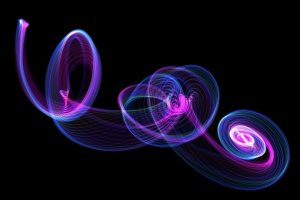
Mechanoluminescence (ML), also called triboluminescence (TL), refers to the phenomenon/process that materials could emit light under mechanical stimuli, e.g., friction, stretch, compression, impact, etc. The ML materials could utilize the ubiquitous mechanical energy in daily life to generate light emissions, avoiding the requirement of an artificial photon- or electron-excitation source as that in photoluminescence (PL) or electroluminescence (EL). Therefore, ML materials show great advantages in energy saving and environmental protection.
For practical applications, ML crystals or powders are required to composite with bulk matrices to generate structural non-destructive ML. Among the fabricated ML composites, elastomer-based ones have attracted increasing attention owing to the rising requirement of incorporating stress sensing characteristic into flexible/wearable devices. The present ML elastomer composites mainly employ transition metal ion doped sulfides (TM-sulfides) as the luminescent components because of their intense ML intensity. However, the TM-sulfides usually have poor chemical stability and may cause severe environmental pollution as well as lack of rich emission color.
Theoretically, rare earth doped oxides (RE-oxides) are promising alternatives because of their high chemical stability, nontoxicity, and abundant energy levels. It is essential to develop efficient and ideally multicolored ML of RE-oxide based elastomer composites, so that flexible devices may possess remarkable and environmentally friendly mechanical responsive optical characteristics. Read the full story at Science Trends.